Viktor Akhlomov has worked since March 1960 for Izvestiya, the daily newspaper of the Soviet government (the Pravda was the daily of the Party). He was personally invited there by Alexei Adjubei who, having married a classmate in the journalism school, became Khrushchev’s son-in-law, and soon also editor-in-chief of Izvestiya, and of whom the saying went: не имей сто рублей, а женись как Аджубей – “even if you don’t have a hundred rubels, just marry as Adjubei did”. In the half century that has passed since then, Akhlomov won four World Press Photo Awards as well as numerous other awards in exhibitions organized in the Soviet Union and other countries. “Everyone regards him as a master and a canon of photography”, finishes his appreciation Rustem Adagamov.
I myself regard Rustem Adagamov as kind of a canon of photography, both on the basis of his own photos, and of those presented by him from others. In the quoted post, however, I must suppose – or rather excuse him – that he was not led by his own taste, but his personal relations have obscured his insight.
Out of fairness I have begun this post with those three photos which I regard good, indeed the only good from the exhibited thirty ones, or – having browsed Akhlomov’s other photos in the internet – from all his published oeuvre. In these three ones you still feel the best traditions of Russian avant-garde photography, and that once, long ago, this man knew how to take photos, even if he had not yet found his own voice. All three had been made before 1960, his employment with Izvestiya.
The photos made in his Izvestiya period only preserve some reduced cliches from avant-garde tradition: oblique angle shoots, such as in the Chaika picture, the elevated viewpoint, as in the Lenin mosaic, or the grand perspectives, such as in the Gorky street or Operetta theater. The images are dead, and the authentic visual solutions are replaced by easy-to-verbalize points. And even from the distance of fifty years they emanate that hopeless bleakness, which I also remember well, and which, beyond all particular vexations, was one of the most difficult bearable features of that era.
Although this should have not been necessary. Yevgeny Khaldei, although the regime’s photographer himself, or the Lithuanian photographers of the 70s – just to induce examples already presented here – in the same era created pictures which still amaze us with their vividness, brilliant visual solutions, with the courage to go near to their subject and to really pay attention to it. The pictures of the Lithuanians show us what has remained intact in that destruction and bleakness. Akhlomov’s pictures proclaim that bleakness is good. But Khaldei, pushed aside in 1949, the Lithuanians and many other similar figures worked in the obscurity, while Akhlomov, the leading photographer of the government’s daily newspaper contributed to the development of the visual world which was canonized by Izvestiya and which tells more about that era than a ten thousand words.

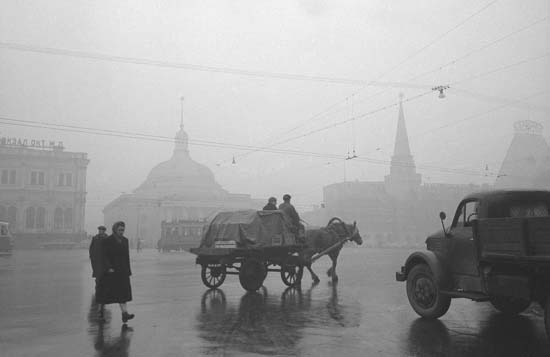
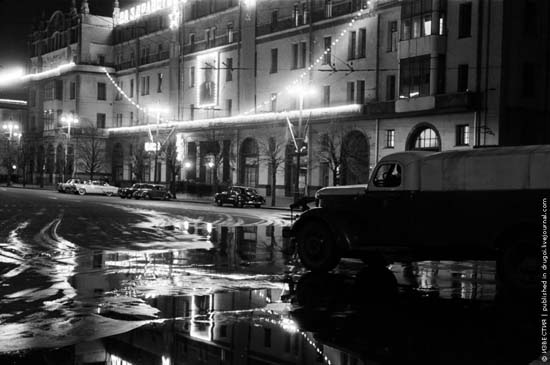
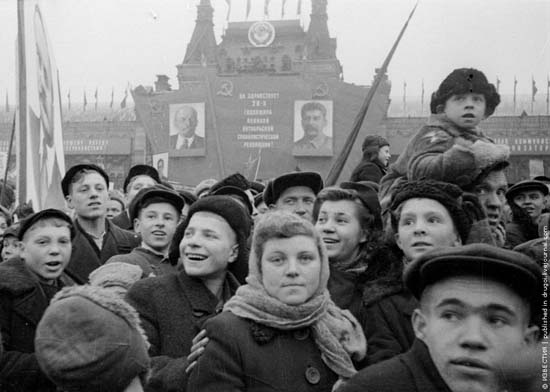
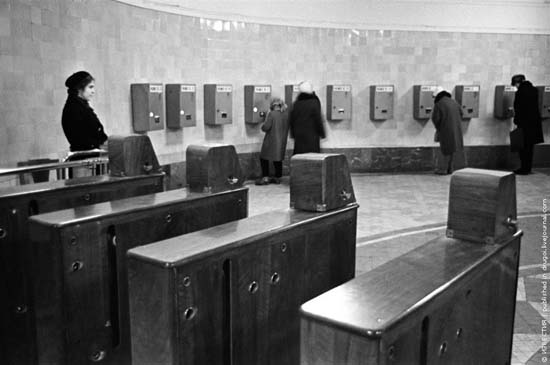
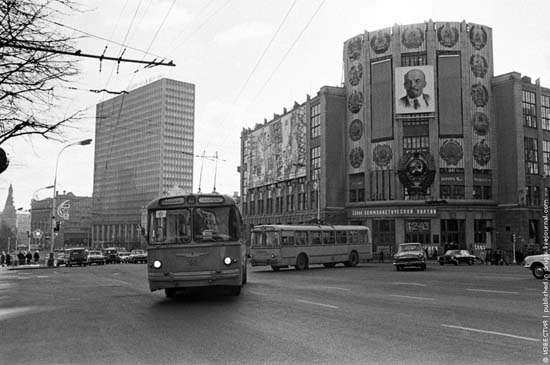
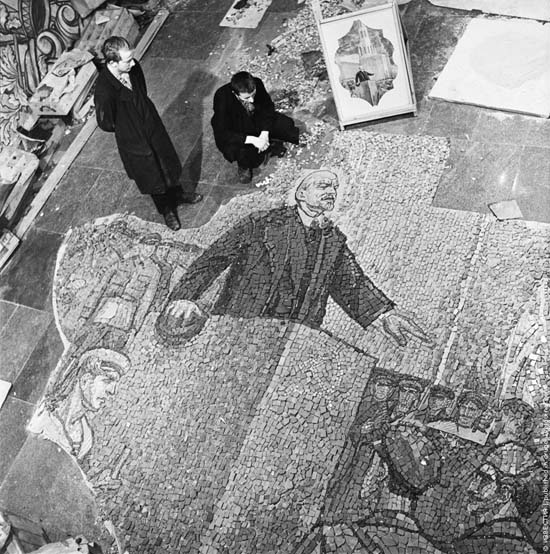

























































No hay comentarios:
Publicar un comentario